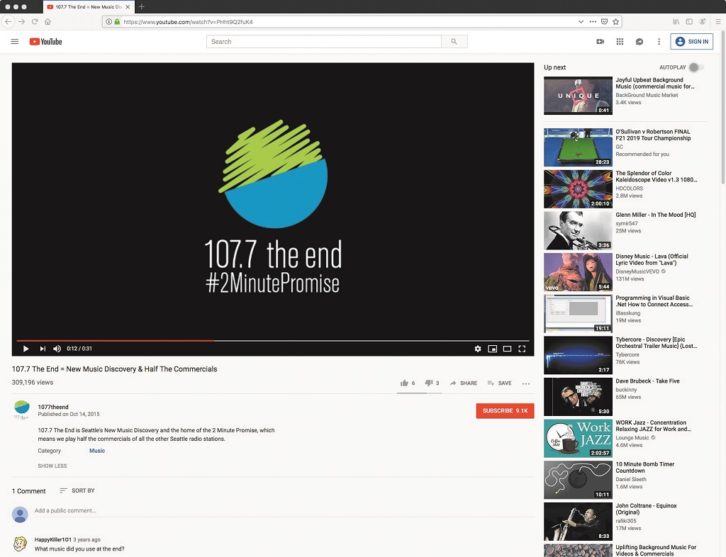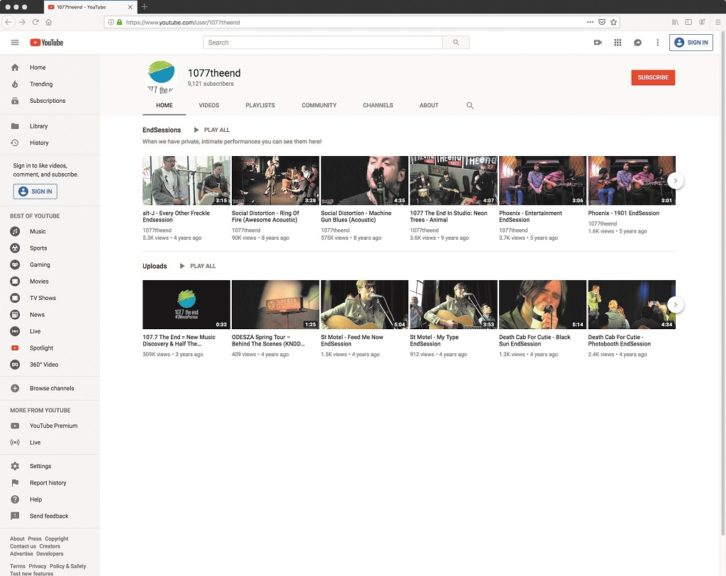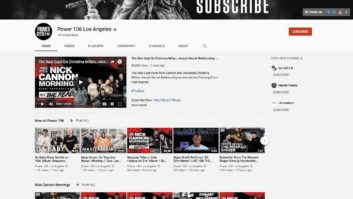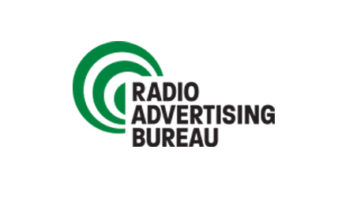I once created a custom coffee product for a radio station.
It’s not as weird as it sounds. We wanted to promote an upcoming new morning show and one day while sipping my morning beverage, it occurred to me that a good cup of coffee delivers the attributes of a morning show. Both products wake people up, make them cheerful, have a distinct flavor, etc.

So I got our friendly neighborhood roaster to make me a good blend — which I then labeled with the name of our morning show — and sold our brand by the pound at his café. Next, through an advertising agency, I placed commercials on our direct competitor.
Then I called the press to let them know. That we were able to advertise on a direct competitor was big, somewhat scandalous news. Of course, now you can advertise every day on a direct competitor without the shenanigans, and you’ll have a lot more impact than even one high-school type of stunt.
Want to go where few stations do, but where your listeners entertain themselves every day? Advertise on YouTube!
While Facebook, Instagram, Twitter, Snapchat and others get all the press, Google’s YouTube has been taking over the planet. Oddly, some don’t even think of YouTube as a social channel even though it has all the community elements that enable engagement. If that doesn’t impress, perhaps this statement from Google will: “In an average month, 18+ year olds in the United States spend more time watching YouTube than any television network. On mobile alone, more 18- to 49-year-olds watch YouTube during prime time in the United States, than they do the top 10 prime-time shows combined. Over the last two years, the number of small and medium-sized businesses advertising on YouTube has doubled.”

Why, for the most part, is local radio missing in action? Too many station leaders/decision makers feel that outside advertising either isn’t needed for a broadcast radio station, or that it’s a luxury. It’s a bit ironic and even hypocritical that folks who rely on advertising sales themselves are willing to say that it’s not necessary. Now more than ever, radio needs reinforcement outside itself to show relevance.
While it takes substantial investment for radio commercials to be meaningful on broadcast television or cable, radio stations of any size can afford some level of YouTube video campaigns. I say this because of the amazing targeting and capability to cap bids of advertising. Target by age/gender/Zip code/household income and many shared traits, or by preferences that match your format. Plus, you can pick a channel (music, news, etc).
Cost per thousand depends on demand, so you’ll want to start with a small test. Ads could be as low as $0.05 to $0.25 each — and if you use “TrueView,” you pay only for ads watched. Ad formats include non-skippable, skippable in-stream ads, bumpers and many more. You can even sequence ads, meaning that each person sees a series of ads/promos you create in order.
(I am also a big believer in having a station channel on YouTube, and we’ll cover that in an upcoming article.)

You’ll be getting back a lot of key performance indicators (KPIs) on your campaign(s), so you’ll also be learning about your audience behavior as you proceed.
Your listeners may lie to their parents, wife, husband or kids … but they are not going to lie to their search engine. If you choose to find your target audience on YouTube by using their search behavior, you’ll be hitting a real sweet spot — and that is the absolute truth!
Mark Lapidus is a longtime contributor to Radio World. Email him with comments or your own promo successes at marklapidus1@gmail.com.







